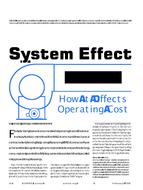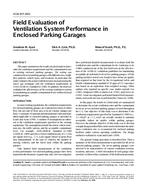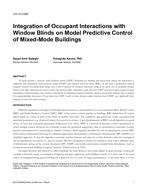In South Korea, energy consumption of the building section accounts for 21% of the total energy consumption. When it comes to residential buildings, it takes 11% of the total energy consumption. The energy consumption is estimated to increase continuously as world energy consumption increases. In addition, CO2 emission has been increased accordingly. In order to reduce energy consumption and emission, a micro-CHP (Combined Heating and Power) is suggested to be applied in the typical Korean residential building. Based on the Korean multi-family building, the building energy analysis is conducted by comparing the conventional grid and boiler system to the micro-CHP system. The CHP model is developed with combining the stratified tank, and it is operated with the thermal load following method. Especially, the floor heating system is applied to the building.
The results are presented in terms of annual energy consumption, environmental impact, and economic evaluation. According to the above results, it can be seen that the CHP application in the residential building in Korea has advantage in terms of energy saving and CO2 reduction. However, there is not much benefit from an economic point of view. The main reason is the utility rate policy in Korea. Gas price is relatively expensive and electricity price is relatively cheap as compared to other countries. Since it is not easy to change the utility rate right now due to the complicated interest relations, there must be government incentives on using CHP systems.
Citation: 2020 Winter Conference, Orlando, FL Conference Papers
Product Details
- Published:
- 2020
- Number of Pages:
- 8
- Units of Measure:
- Dual
- File Size:
- 1 file , 2.2 MB
- Product Code(s):
- D-OR-20-C060


